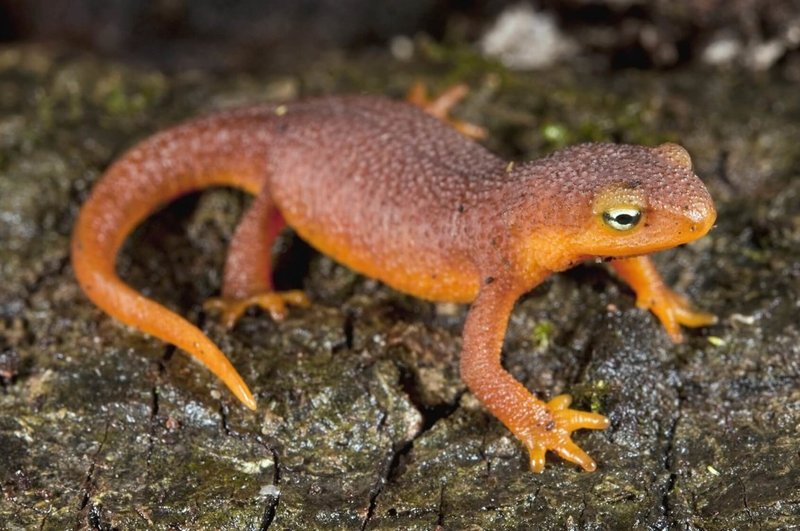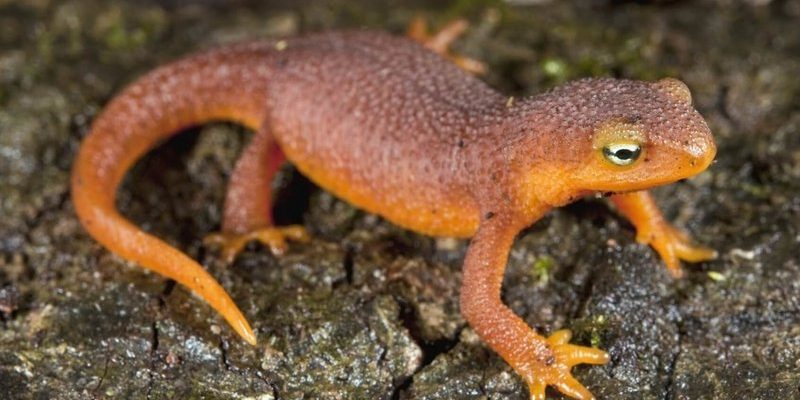
Newts are more than just your average backyard critters; they are sensitive indicators of environmental health. Their decline can signal broader issues in our ecosystems, much like the canary in the coal mine did for miners. That’s why understanding their current status and conservation efforts is crucial—not just for the newts themselves, but for the planet we all share. In this article, we’ll explore the plight of newts, what makes them endangered, and the various conservation initiatives underway to help protect them.
What Are Newts and Why Do They Matter?
Newts are small, semi-aquatic amphibians that belong to the salamander family. They often have a slim body, a long tail, and smooth, moist skin that makes them quite charming. If you’ve ever seen one, you might have noticed their striking colors and intricate patterns, which can vary widely among different species. These unique traits not only make them an interesting addition to our ecosystem, but they also play a role in attracting mates and warding off predators.
Here’s the thing: newts are important for various reasons. They help control insect populations, which can otherwise wreak havoc on plants and crops. They also serve as a food source for various animals, from birds to snakes. Basically, newts are part of a delicate web of life, and losing them can have a ripple effect on the environment. So, when discussing whether newts are endangered, it’s crucial to understand their ecological role. If they disappear, we might find ourselves facing bigger environmental problems down the road.
Are All Newt Species Endangered?
Not all newt species are in danger, but many are facing significant threats. The International Union for Conservation of Nature (IUCN) has classified several species as endangered or critically endangered, including the California newt and the Eastern red-spotted newt. Each species has its challenges, ranging from habitat loss to climate change.
You might be curious about what specifically puts these newts at risk. Habitat destruction is a major factor. Urban development, agriculture, and pollution have all led to significant loss of wetlands and ponds where newts thrive. Additionally, climate change alters their habitats, making conditions unsuitable for breeding and survival. When you consider how these challenges compound, it’s easy to see how some newt species could be pushed to the brink of extinction.
Conservation Efforts for Newts
Conservation initiatives aimed at protecting newts are as diverse as the species themselves. Many organizations and governments are stepping up to create and maintain habitats that are safe for these amphibians to thrive. For instance, wetland restoration projects are crucial in providing newts with the right environment for breeding and foraging.
You might wonder what these efforts look like in practice. Here are a few examples:
- Protecting Natural Habitats: Setting aside protected areas can safeguard essential breeding sites.
- Creating Wildlife Corridors: These help newts travel between habitats without the risk of road crossings, promoting genetic diversity.
- Community Involvement: Local initiatives often involve educating the public about the importance of newts and how to protect them within their communities.
Each of these efforts highlights a collective acknowledgment that conserving newts contributes to a healthier environment overall.
How Can You Help Protect Newts?
Everyone has a role to play in conservation, even if it seems small. You might be wondering, “What can I actually do?” Here are a few simple steps to consider:
- Educate Yourself: Understanding more about local newt populations and their status can empower you to advocate for their protection.
- Support Conservation Organizations: Donating to or volunteering with organizations that work to protect amphibians can make a tangible difference.
- Create a Newt-Friendly Garden: If you have a garden, adding native plants and a small pond can provide a habitat for newts.
By taking these actions, you not only help newts but also contribute to the overall health of your local ecosystem. Plus, it’s a great way to get in touch with the nature around you!
Challenges Facing Newt Conservation
Despite the strides being made in conservation efforts, several challenges persist. One major issue is funding—many conservation projects rely on grants and donations, which can fluctuate in availability. Without consistent financial support, vital projects may struggle to continue.
Another complication is the issue of climate change. With temperatures rising and weather patterns shifting, newts may find their habitats unsuitable. This makes planning future conservation strategies even more crucial, as flexibility and adaptability become necessary to meet changing environmental conditions.
You might think that as individuals, we’re too small to make a difference. But every action adds up. Whether it’s changing your gardening habits or advocating for local policies, every little effort counts.
Success Stories in Newt Conservation
While there are challenges, there are also success stories worth celebrating. In some regions, communities have come together to restore wetlands, leading to a resurgence in local newt populations. For example, in parts of Europe, habitat restoration has seen the population of the great crested newt bounce back from the brink of extinction.
In many cases, these initiatives have not only saved newts but have also benefited other wildlife and even local communities. When ecosystems thrive, everyone benefits—fisheries might improve, or local tourism could get a boost by attracting nature enthusiasts.
This shows just how powerful collective action can be. By working together, we can create a brighter future for newts and the ecosystems they inhabit.
The Importance of Ongoing Research
Ongoing research is essential for understanding newts and their needs better. Scientists are studying various aspects of newt biology, behavior, and ecology to develop effective conservation strategies. For instance, genetic studies can help identify how to maintain genetic diversity in populations, which is crucial for their long-term survival.
Research can also shed light on how newts respond to environmental changes. This knowledge can guide the development of proactive measures, such as creating more resilient habitats. If we can anticipate the challenges newts will face, we can work to mitigate their impact.
In the end, funding and support for research is essential. By investing in these studies, we’re essentially investing in the health of our ecosystems and the future of species that share our planet.
The question of whether newts are endangered isn’t just a simple yes or no. It’s a complex issue that highlights the fragile balance of our ecosystems and the urgent need for conservation efforts. There are challenges to overcome, but there are also inspiring stories of hope and success.
By understanding the plight of newts and supporting various conservation initiatives, you can play a meaningful role in their survival. It’s about recognizing that every species, no matter how small, contributes to the tapestry of life on Earth. So let’s stand together for newts, ensuring they continue to thrive for generations to come.

